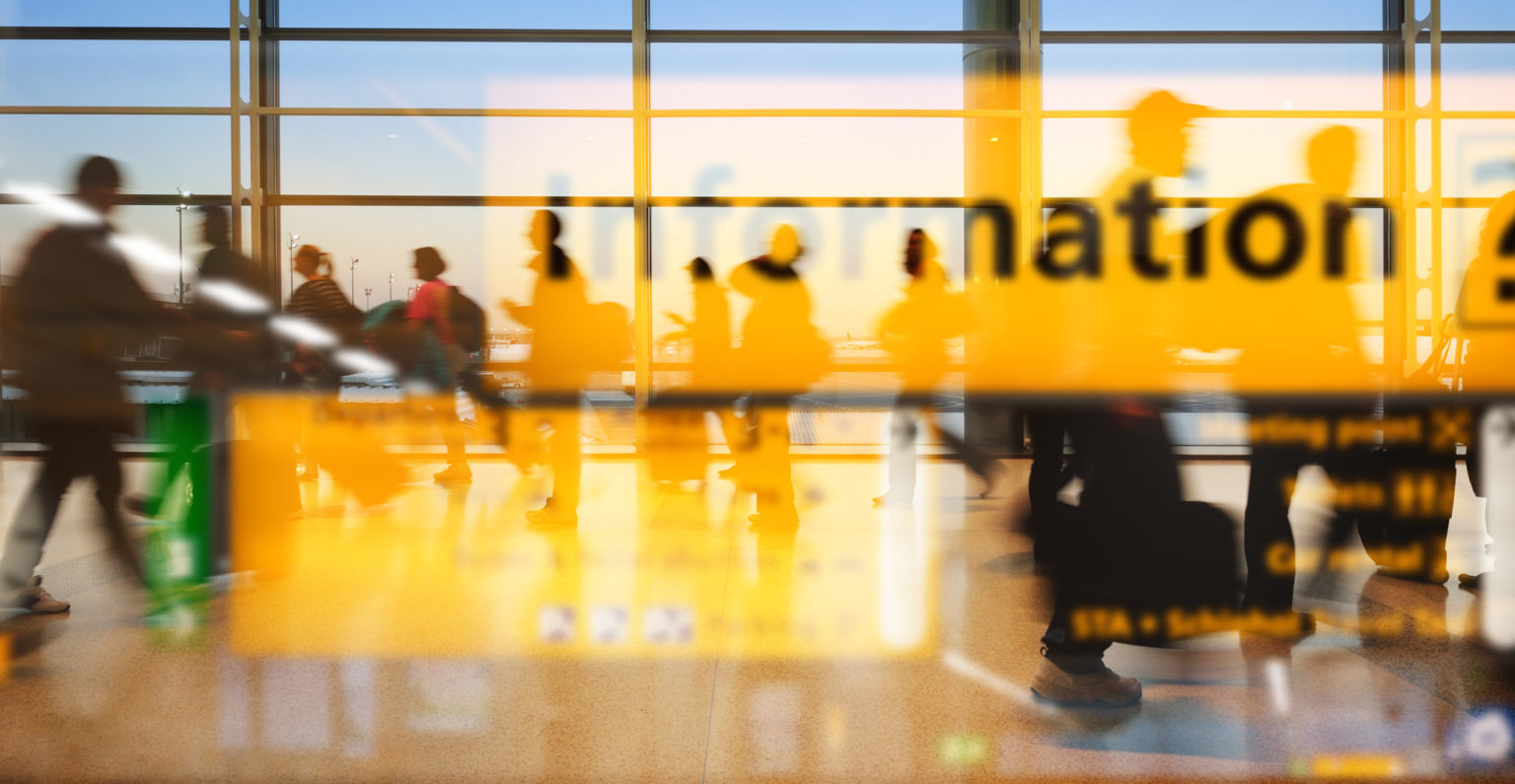Exclusive: Flying high in airport security


James Thorpe
Share this content
Heather Mandizvidza of Wilson James reveals how the company is leading the way when it comes to airport security.
During these tumultuous times the aviation industry has been hit incredibly hard, with a significant drop in passenger numbers and global air traffic. However, some routes are still managing to operate and, once the coronavirus pandemic is under control, it is likely that the public will resume its love of air travel. After all, according to the International Air Transport Association (IATA), in 2018, 126.2 million passengers were British, roughly one in 12 of all people travelling.
Airport security: A delicate balance
For airports and the airlines that operate within them, maintaining a highly secure environment, while also enhancing the traveller experience, is imperative. Any frustration and inconvenience caused by security procedures must be offset by the knowledge that a flight will be as safe and risk free as possible.
It’s a delicate balancing act that Wilson James has refined through its work with Gatwick Airport, London Luton Airport, Belfast International Airport and Liverpool John Lennon Airport. Having also worked with Heathrow Airport for over two decades, the two organisations recently agreed a new strategic partnership that will see Wilson James address PRS provision (Passengers Requiring Support) across all terminals, with a view to assisting those with physical and hidden disabilities as they move through the airport.
Task master
Every airport has logistical challenges and Heathrow is no exception. Despite passenger traffic through the airport in September 2020 being down 82% on the same time last year, there is still no shortage of issues. Wilson James has been tasked with using its experience in PRS related issues to improve this element of Heathrow’s operation by devising and implementing a new strategy that accommodates the unique needs of the moment, while supporting longer term investment and innovation. And, for all those employees who have been transferred over, training strategies will be implemented in order to ensure an excellent standard of PRS provision is maintained.
Flower power
Although passengers with physical disabilities are relatively easy to identify, those with conditions such as dementia, autism, learning difficulties, anxiety, epilepsy, attention deficit hyperactivity disorder (ADHD) and other non-visible conditions are not as obvious. A study commissioned by the Civil Aviation Authority (CAA) found that 23% of respondents had a condition that might affect their ability to travel by air and, of these people, 30% defined this as non-physical.
In 2016, Gatwick Airport launched an innovative scheme targeted at passengers with hidden disabilities who wish to make it discreetly known that they require additional support when travelling by wearing a special sunflower lanyard – a strip of green with a pattern of yellow sunflowers.
Wilson James has promoted the sunflower lanyard scheme since assuming the PRS contract in 2018 and will continue to support its use at Heathrow, as it is an excellent example of a simple but highly effective idea that can make a real difference.
Train to gain
Regardless of their specific need, some passengers can find the airport experience overwhelming, distressing and almost impossible to manage. Wilson James supplies training above the basic technical requirement to enable its team to proactively identify PRS and understand, engage and empathise with them. These resources also offer useful information about how to lift people when necessary and use emotional intelligence so that they do not come across as patronising or paternalistic.
Once a passenger’s needs have been established, a PRS team member can liaise with relevant parties, such as ground handling staff and airline operators, to assist travellers and their friends and families. This includes giving them more time to prepare at check-in, helping to read departure boards and providing a comprehensive briefing on what to expect as they move through the airport.
This process requires innovative thinking, particularly at the moment. For example, when assisting blind or partially sighted people, staff can now wear a specially designed sleeve that can be sanitised to reduce the possibility of cross contamination. Similarly, it can also require adapting infrastructure so that disability vehicles can be used to move passengers from kerbside to departure without hindrance.
Care and attention
The processes that PRS need to undertake as part of their journeys can be incredibly daunting. They all have different requirements, which means working with passengers to make sure that they have the services that they want and need.
Those with disabilities might need to be accompanied to alleviate any stress and given assistance at each stage, whether it’s entry into the airport, check-in, security, boarding the aircraft and storing cabin luggage. To help with this, specialist software uses real-time location tracking via an employee’s personal digital assistant (PDA) to ensure that a passenger’s journey throughout an airport is carried out safely and efficiently, with full General Data Protection Regulation (GDPR) compliance. It also measures performance metrics which inform public reports on service quality.
More than meets the eye
Airport security is multi-faceted and these environments are ultimately safer for people with disabilities if there is a proactive approach to offering support. Not only is this the right thing to do ethically, from a commercial point of view it also makes a great deal of sense. Although there’s still more to do to ensure that standards are similar from airport to airport on a worldwide basis, companies like Wilson James are reacting quickly to the needs of passengers and continuing to innovate in this area.



